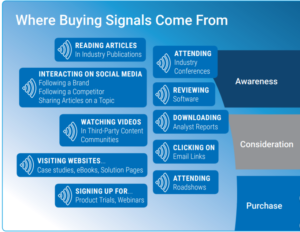Let’s talk about supplier management.
You need a specific product or service to run your small business, so you reach out to your suppliers and tell them what you need. They provide it. You pay them for it. End of story.
Sound too easy? It is. Yes, the process of procuring goods can be more complicated than the description above. There can be payment issues, supply shortages, miscommunications that lead to incorrect shipments and scheduling delays.
However, obtaining services from trusted vendors in a smooth, timely fashion doesn’t have to be too good to be true — it is possible, and using purchase orders can help.
With the goal of helping you create your own purchase order, this article will cover:
- What a purchase order is
- How a purchase order works
- The right format for a purchase order
- Types of purchase orders
Purchase orders are beneficial for both the buyer and seller. By issuing purchase orders, small businesses can specify what goods and services they need from their suppliers and when they need them.
This keeps the small business’ operations efficient and organized. It also allows the seller to ensure they can provide the goods and services requested before committing to fulfillment, giving the buyer time to plan accordingly.
Additionally, purchase orders can help the buyer and seller maintain accurate, detailed records for auditing and financial statements.
How does a purchase order work? [Template]
Now that we’re clear on what a purchase order is, let’s walk through the process of creating one.
1. Buyer decides to order items from the seller.
Before an order can be placed, the buyer must be able to identify a need that the seller’s product or service can fulfill. During this step, the buyer should identify what product or service is needed, the quantity they need (if possible), and when they need it by (again, if possible).
For example, if you need to order new boxes to ship your product orders to customers in, calculate how many boxes you need and when you need them.
Say you have an anticipated holiday rush coming up, you might look at last year’s box order and multiply it by your estimated growth this holiday season to order the right amount.
2. Buyer drafts purchase order and sends to seller for approval.
With the information above, the buyer should draft the purchase order and send to their seller for approval. When sending the purchase order to a seller, indicate when approval is needed to keep the process timely.
Ideally, the response should come in ample time to receive the product or service on schedule or should give the buyer enough time to source from another seller if needed.
Continuing from the example above, once you have identified a vendor that can provide your boxes, know how many boxes you need and when you’ll need them, you can draft your purchase order using this information. Send to your sales rep or point of contact.
3. Seller reviews purchase order and confirms if they can fulfill the request.
Once the seller receives the purchase order, it’s up to them to review the request and check inventory or availability to confirm if it can be fulfilled by the date needed by the buyer.
In the case of the box shipment, the vendor has reviewed your order and after reviewing their inventory and shipping capacity, they determine they are able to fulfill your request.
4. Purchase order approval.
If the seller can fulfill the request as instructed by the buyer, they’ll approve the purchase order making it legally binding for both parties.
Since the box company is able to fulfill your request, they sent an approved copy of the purchase order back to you to confirm.
5. Product or service fulfillment.
After the purchase order has been approved, the seller is responsible for providing the product or service as agreed upon. During this stage, they can also generate and send an invoice to the buyer for the amount indicated on the purchase order. The invoice should recap what goods were provided, relevant quantity, and amount owed.
For example, after approving the shipment of boxes, you should receive the fulfilled order and an invoice for the amount owed. This vendor has net 30 payment terms, and will be expecting payment within 30 days of issuing the invoice.
6. Invoice paid.
During this final stage, the buyer is responsible for paying the invoice per the payment terms indicated by the seller.
It’s now up to you, the buyer, to submit payment for the invoice according to agreed upon payment terms.
What’s the right format for a purchase order?
Ready to create your own purchase order? Here is the information you need to include.
- Header — Provide your company details, including the company name, business address, purchase order date, and order number.
- Vendor information — Indicate the proper recipient for the purchase order. This is where you list the name of the seller company, your specific contact name, and the address of the seller company.
- Ship to — Specify where the order should be sent, what the shipping method is, what the shipping terms are, and the intended delivery date.
- Order details — For each product included in the order, provide a line item with the product code or SKU number, item name or description, quantity of units requested, the price per unit, and the delivery date of each item.
- Summarize — Complete the purchase order by providing a subtotal, any applicable discounts, taxes, shipping costs, and grand total.
Here’s an example purchase order template featuring each of the above-mentioned points:
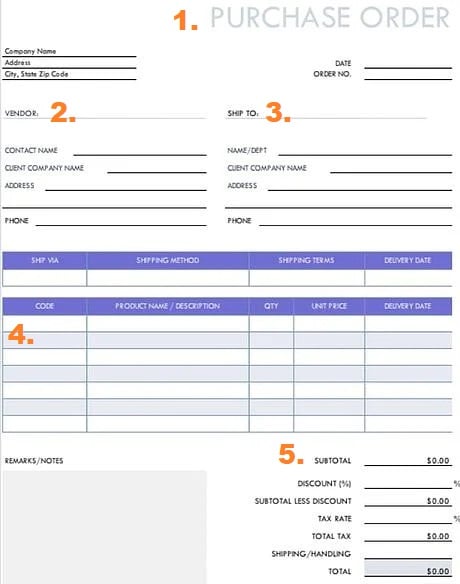
To create your own purchase order following this format, download our easy-to-use purchase order template.
It is important to note all purchase orders are not created equal. At this point, you might be thinking, “If you’ve seen one purchase order, you’ve seen ’em all,” but that’s just not true. There are actually four types of purchase orders, and they differ by how much information is included:
1. Standard Purchase Orders
Standard purchase orders are the most widely used and recognized. In this situation, the buyer is clear on the details of the purchase and can identify what item or service they’re buying, the quantity, delivery schedule, and payment terms.
For example, a company that is running low on printer cartridges may place a standard purchase order because they know exactly how much they need and know when they need to have it. Here’s what that purchase order could look like.
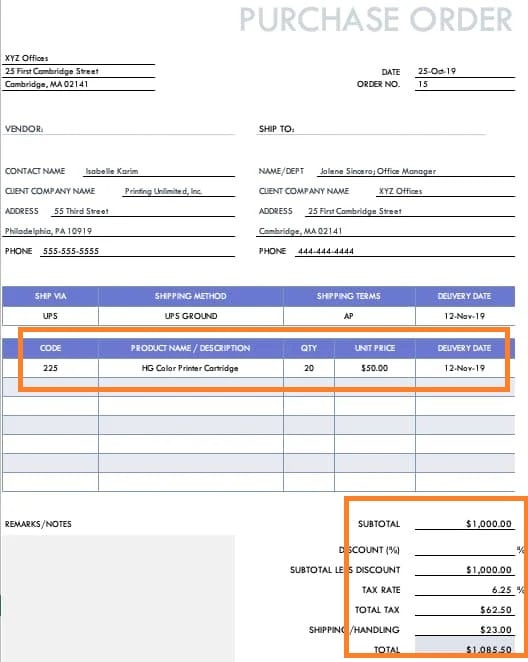
Standard purchase orders can be made for a number of different functions depending on your needs. For example, the above template could be adjusted for:
- Services to be rendered
- Subcontracting
- Consignment
2. Planned Purchase Orders
When placing a planned purchase order, a buyer is estimating the future needs of their company for the item in question by submitting a purchase order in advance. In this case, details such as the item, price, and payment terms are known, but the quantity is based on an educated guess and the delivery date is tentative.
For example, if the same company that is running low on printer cartridges places a planned purchase order, the buyer in charge would estimate how many printer cartridges they need with a more flexible delivery schedule. Here’s what that purchase order might look like.

3. Blanket Purchase Orders
With a blanket purchase order, a buyer places multiple orders at one time to negotiate discounted pricing.
For example, if the same company is able to negotiate a better deal by agreeing to place multiple orders of printer cartridges and paper from a single supplier, they would consider using a blanket purchase order to acquire these items. In this scenario, here’s what a purchase order could look like.
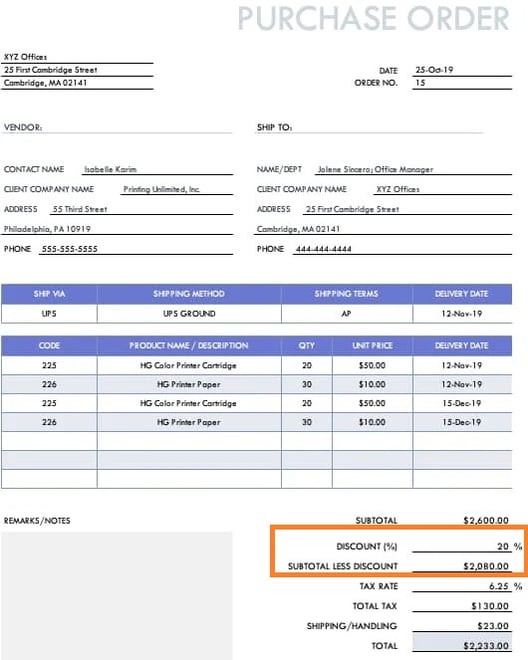
4. Contract Purchase Orders
A contract purchase order is the most formal variation. In this case, the buyer and seller sign a contract outlining the terms of the purchase before a purchase order referencing the contract is issued. This type of purchase order offers the most legal protection for those involved.
Using the printer supplies example, if a company signs a contract with their supplier outlining the items, quantity, pricing, and delivery schedule of the promised items and follows up with a standard purchase order, these companies would be under a contract purchase order agreement. Here’s what that purchase order could look like.
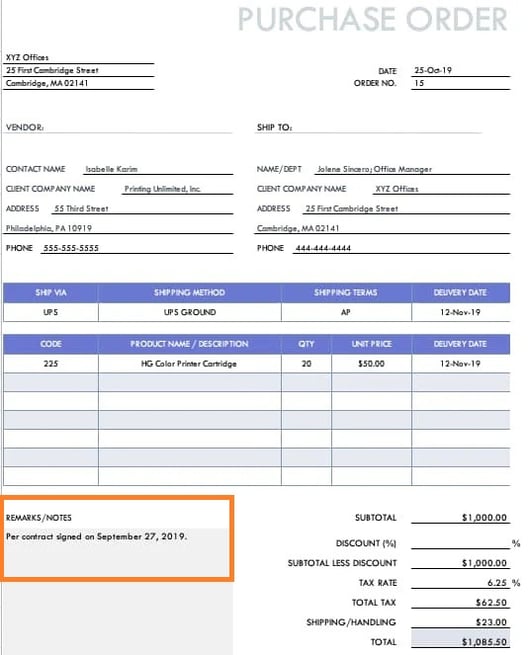
Having a purchase order process in place can help the procurement process move efficiently and can be mutually beneficial for both buyers and sellers.
Editor’s note: This post was originally published in October 2019 and has been updated for comprehensiveness.
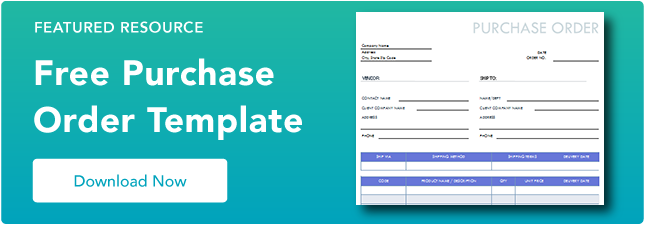
![]()

![You are currently viewing Purchase Order: What It Is & How to Create One [Template]](https://www.dimaservices.agency/wp-content/uploads/2021/02/97c0625c-2a39-4fcc-b416-eaf7e1f60e59.png)
